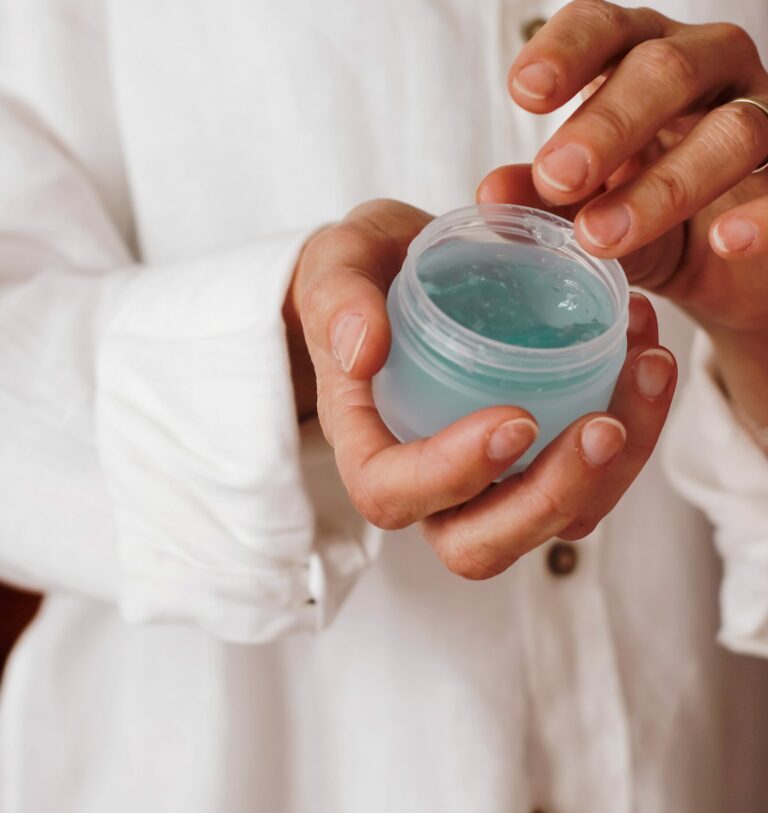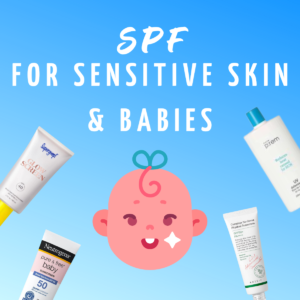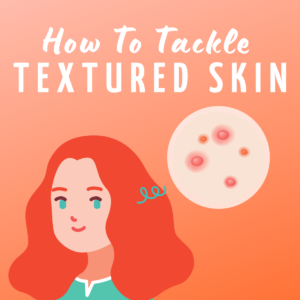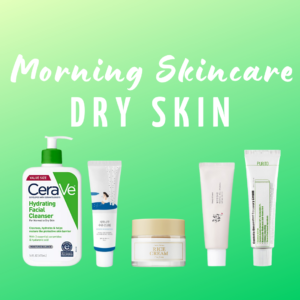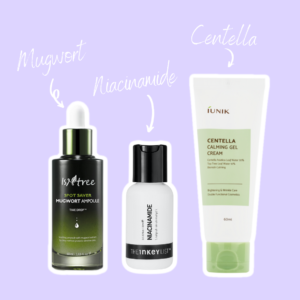While exfoliation is not mandatory, it’s a nice-to-have addition to our routine, especially if you have concerns like uneven skin texture, flakey skin, dullness, clogged pores, hyperpigmentation, fine lines and wrinkles, and more. After all, it is the key to healthy, glowy skin! However, if you have dry or sensitive skin, you may hesitate to incorporate exfoliant into your skincare routine. ‘What if exfoliant makes our skin even drier than before? What if it irritates the skin?’ Well, we’ve got you covered! Here’s a list of things that you can opt for! Let’s exfoliate, shall we?
Fruit Enzymes

When you are just beginning your exfoliation journey, enzymes can be a good start. They also can be a wonderful alternative when your skin cannot tolerate acids. Enzymes are proteins that help to accelerate biochemical reactions in our bodies. In the world of skincare, we use enzymes derived from plants and fruits. These chemical exfoliants gently digest away keratin on the outermost layer of the skin and loosen the bonds between dead skin cells without disrupting the pH of the skin, keeping the skin’s acid mantle nice and happy. Thus, lowering the risk of causing irritation. Fruit enzymes may benefit those with dry, sensitive, or mature skin. Several enzymes that are commonly used in skincare products are bromelain (found in pineapple), papain (found in papaya), pumpkin enzyme, ficain (found in fig), and actinidin (found in kiwi, mango, and banana).
PHAs

Polyhydroxy acids are a newer generation of exfoliating acids. Their molecules are large in size, which makes it harder for them to penetrate deeply into the skin. They work slowly on the superficial layer of the skin. As a result, PHAs are considered the most non-irritating acids and most suitable for sensitive skin–including those with eczema or rosacea. These beginner-friendly acids are derived from milk and plants. The most common PHAs are lactobionic acid, galactose, and gluconolactone. PHAs are humectants, meaning they bind moisture and keep the skin hydrated which makes them amazing for dry skin as well. On top of that, research shows PHAs are effective in fighting glycation–a process where sugar molecules bind to and weaken collagen and elastin in our skin which may lead to premature aging.
AHAs

If your dry and sensitive skin can handle more potent acids, alpha hydroxy acids can be your go-to. Just like its cousin (read: PHAs), AHAs are also humectants that attract water to the skin. What makes the two different is AHAs are smaller in size, so they have a better penetration ability. There are a number of different types of AHAs out there. Glycolic acid (from sugarcane), lactic acid (from milk), and mandelic acid (from almonds) are a few common ones that you can find on the market. Being the smallest AHA, glycolic acid can penetrate the skin more effectively than the rest. That being said, it doesn’t mean that those with larger molecular sizes are inferior. Molecular size affects how fast and how deep it penetrates the skin–smaller ones penetrate faster and deeper. Mandelic acid, which is the largest of the bunch, penetrates the skin slowly, making it the gentlest and safest for sensitive skin.
Physical Exfoliants

Physical exfoliants come in the form of scrubs as well as cleansing tools. Though it may seem counterintuitive to use physical exfoliants on dry or sensitive skin, some people may benefit from them. The reason behind it is that physical exfoliants stay on the skin for only a very short period of time. If you’re leaning towards scrubs, steer clear of any harsh ones with rough granules, instead go for gentle ones that use ultra fine particles to avoid irritation. The same goes for cleansing tools! Find one with a soft brush head. Make sure to use them gently and don’t overdo it.
More Tips!
Remember to always be mindful when you are exfoliating!
- For chemical exfoliants, always start low and slow, meaning look for exfoliants with the lowest concentration and do it once or twice a week. If your skin allows it, you can gradually increase the concentration and frequency.
- Slather on your favorite moisturizer afterward to make sure your skin is properly hydrated.
- Don’t forget to wear your sunscreen (SPF of at least 30 with broad spectrum protection) in the morning!
- Be cautious when you want to layer exfoliant with other potentially irritating ingredients, such as retinol and vitamin C, as they can be too much for your skin to handle.
Be PICKY about what goes on your skin!
Your skin matters! Learn more about what works for you by downloading the Picky app. There you’ll find skincare reviews, dermatologist advice, giveaways, and so much more! Filter by concern or explore the app’s Discuss page to see what our Picky friends are talking about. Be sure to check us out on Instagram, Youtube, and Tiktok for more daily skincare content!
Made With


